Free Open Source shadcn/ui Templates
Discover beautiful, free and open source templates built with shadcn/ui. Production-ready React components with TypeScript, Tailwind CSS, and Next.js. From dashboards to landing pages, find the perfect starting point for your next project.
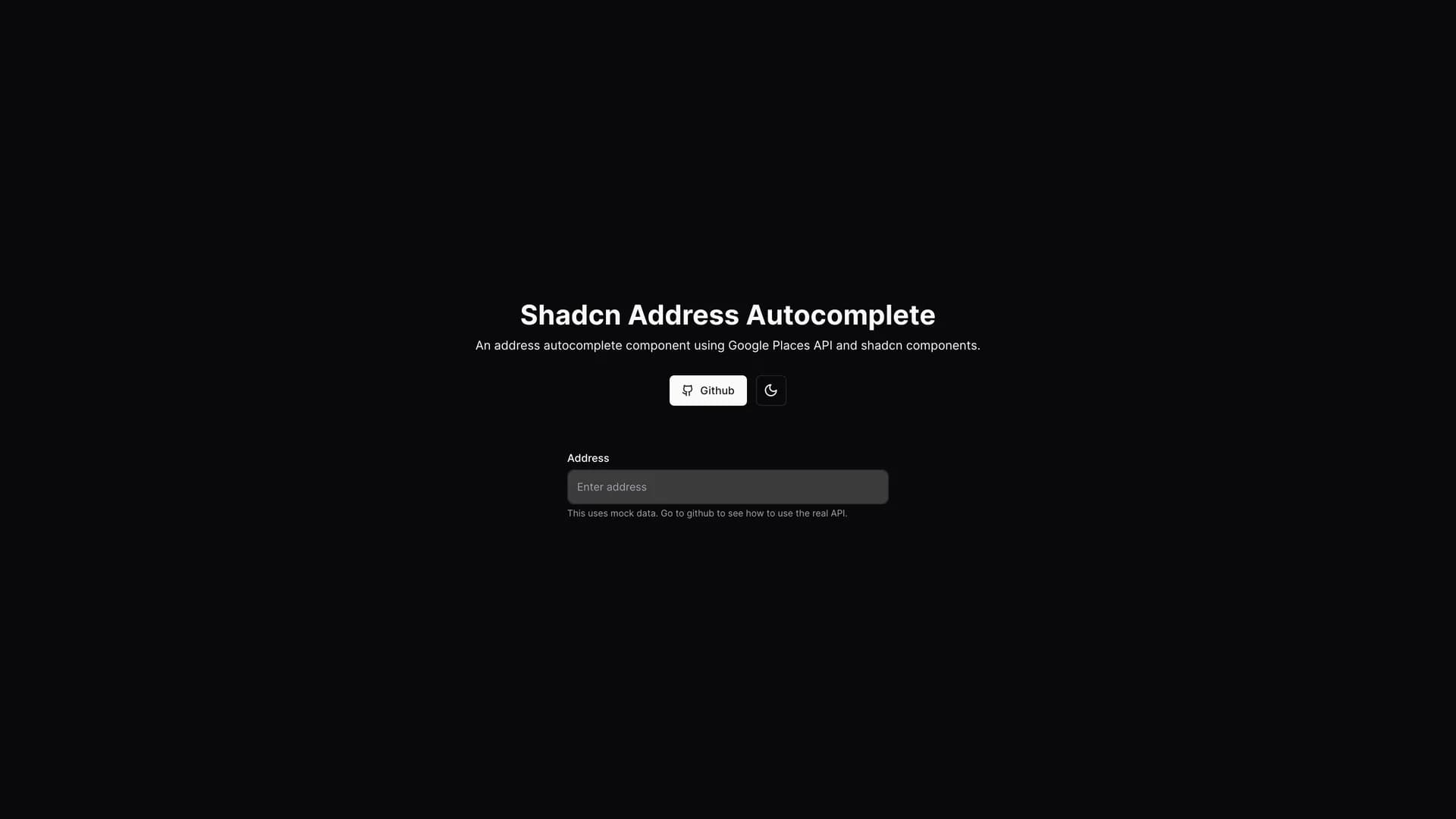
Shadcn Address Autocomplete
Shadcn Address Autocomplete is an intelligent address input component built with Next.js, Tailwind CSS, shadcn/ui, Zod validation, and Google Places API integration, designed to simplify and improve the accuracy of address entry in web applications. This responsive, user-friendly component provides autocomplete suggestions as users type, leveraging Google's extensive location database to help users quickly and accurately enter complete address information without tedious manual input. The integration with shadcn/ui ensures consistent styling and accessibility standards, while Zod validation provides runtime type safety for address data. Perfect for e-commerce checkout flows, delivery service applications, real estate platforms, form builders requiring address fields, or any application where address accuracy directly impacts business operations and user satisfaction. The component handles the complexity of API integration, rate limiting, and result formatting, allowing developers to implement professional address autocomplete functionality without building from scratch. Important implementation note: the live demo uses mock data for demonstration purposes, and developers should properly configure their own Google Places API keys for production use to ensure reliable, accurate autocomplete functionality with appropriate usage limits and security measures.

Shadcn UI Customizer
Shadcn UI Customizer is an open-source web application built with Next.js, TypeScript, Tailwind CSS, and shadcn/ui, providing an intuitive visual interface with interactive color pickers for customizing shadcn/ui themes without manual CSS variable editing. This powerful tool enables developers and designers to customize comprehensive design tokens including background and foreground colors, primary, secondary, and accent colors, card, popover, and input styles, border properties, and border radius settings, all through a user-friendly web interface that provides real-time previews of changes. Inspired by the original shadcn/ui theme customizer, this enhanced version offers additional customization options and improved developer experience for teams establishing brand-specific design systems. Perfect for agencies customizing shadcn/ui for multiple clients, product teams aligning UI themes with brand guidelines, designers collaborating with developers on design system specifications, or any project where theme customization without diving into CSS files accelerates the design-to-development workflow. With deployment on Vercel and a TypeScript-heavy codebase (99%), the customizer demonstrates how visual tools can enhance the shadcn/ui ecosystem, making theme customization accessible to team members who may not be comfortable editing raw CSS variables while maintaining the flexibility and control that developers expect.
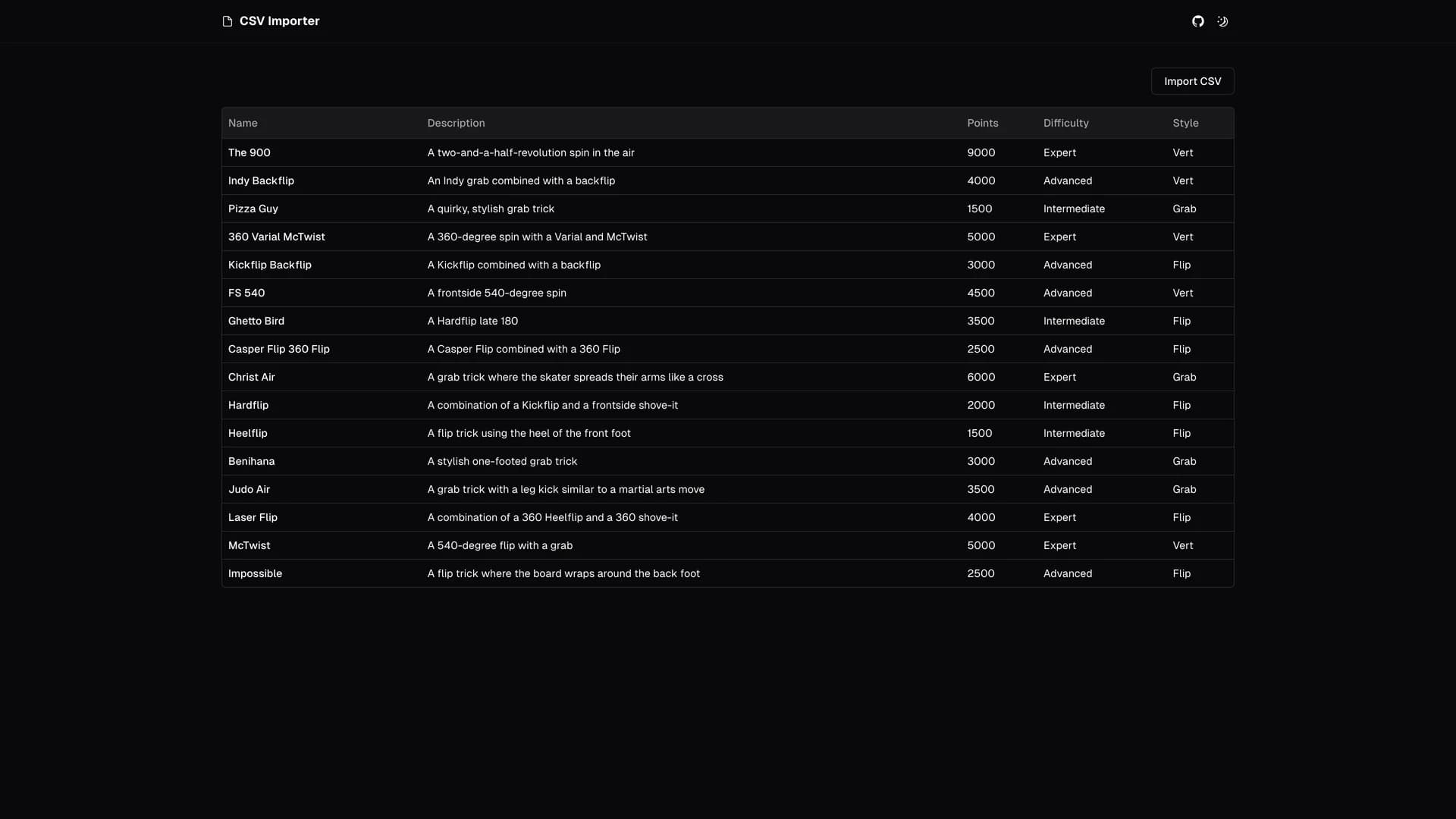
CSV Importer
CSV Importer is a comprehensive data import application built with Next.js, Tailwind CSS, shadcn/ui, react-dropzone, uploadthing, and Papaparse, designed to simplify the entire workflow of uploading, parsing, and importing CSV files into applications. This streamlined tool provides five key capabilities: intuitive CSV file upload with drag-and-drop functionality, robust CSV parsing handling various formats and encodings, data preview allowing users to verify content before import, flexible CSV field mapping to table fields for schema alignment, and reliable data import into tables with validation and error handling. Bootstrapped with create-t3-app and following modern web development best practices, the application addresses the common challenge of data migration and bulk import features that nearly every business application eventually requires. Perfect for SaaS applications offering data import functionality, admin panels managing bulk data operations, migration tools helping users switch from competitor products, or any application where CSV import is a critical user workflow that directly impacts adoption and user satisfaction. The combination of react-dropzone for file handling, Papaparse for parsing, and uploadthing for storage provides a production-ready solution that handles edge cases and provides users with confidence during data import operations.
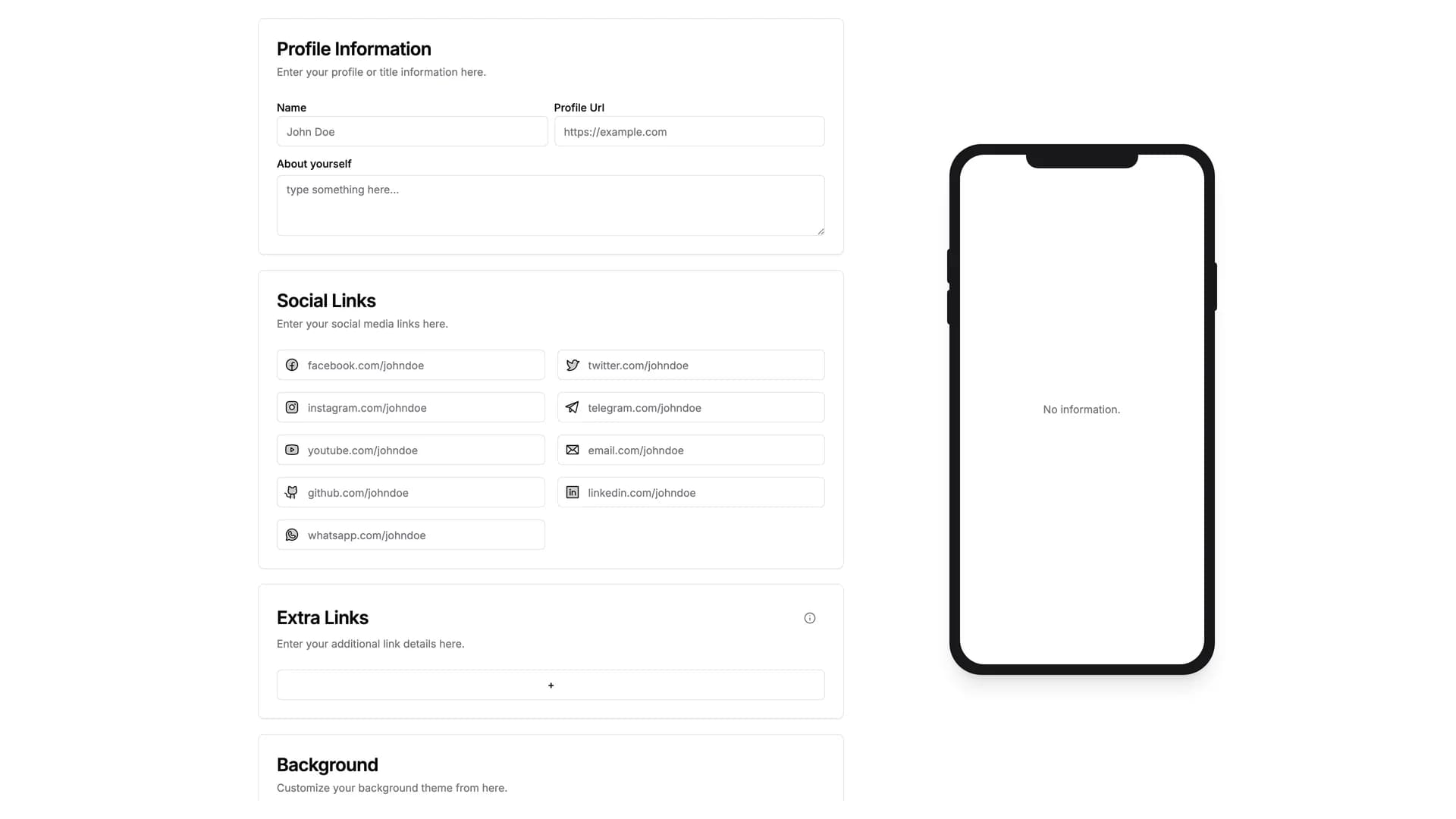
LinkNode
LinkNode is an open-source link-in-bio tool built with Next.js, TypeScript, Tailwind CSS, and shadcn/ui, designed to help users generate one centralized link for all their online destinations with unlimited link capacity and customization options. This comprehensive platform enables users to add unlimited links to their profile page, customize social media and other link icons for brand consistency, provide live preview functionality to see changes in real-time, and leverage integrated URL shortening with Dub.co including support for custom domains and link cloaking for professional branding. Hosted on Vercel and emphasizing simplicity without sacrificing features, LinkNode addresses the growing need for content creators, businesses, and individuals to consolidate their online presence into a single, shareable destination. Perfect for social media influencers managing multiple platforms, businesses directing customers to various resources, event organizers sharing registration and information links, or anyone seeking to replace limited or expensive link-in-bio services with a self-hosted, fully customizable solution. The integration with Dub.co's URL shortening service adds professional link management capabilities, enabling users to track clicks, use branded short links, and maintain clean, memorable URLs while the live preview feature ensures perfect presentation before sharing with audiences.
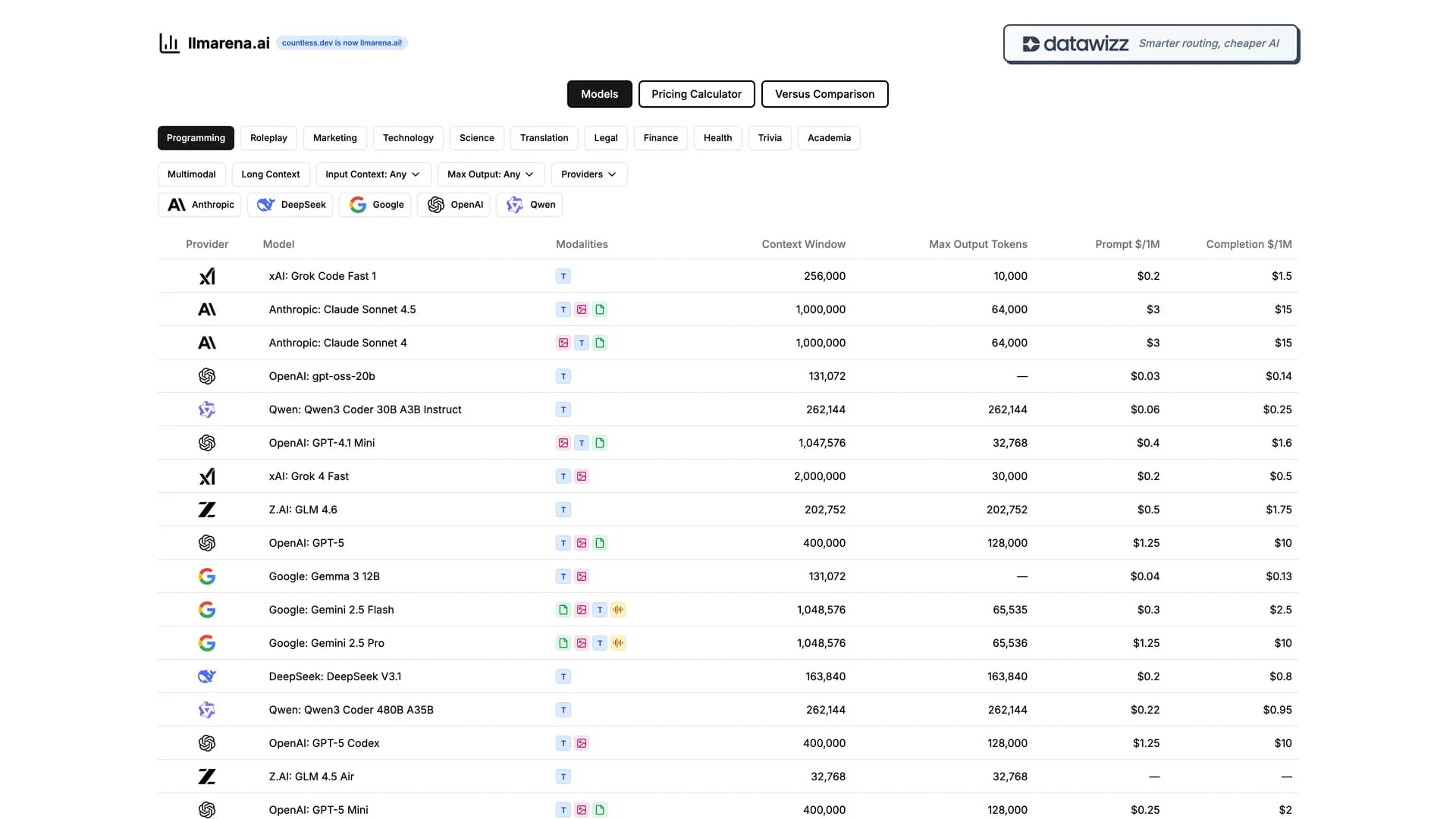
AI LLM Comparison
AI LLM Comparison is a comprehensive, open-source web application built with Next.js 14, TypeScript, Tailwind CSS, Radix UI, and integrated with Vercel Analytics and PostHog, designed to help users compare AI language models across different providers in one centralized platform. This invaluable resource provides price comparison across major AI providers (OpenAI, Anthropic, Google, Meta, Cohere), an interactive pricing calculator for cost estimation, side-by-side model comparisons highlighting capabilities and limitations, real-time data updates sourced from BerriAI's LiteLLM for accuracy, responsive design for all devices, and completely free access without registration requirements. The platform addresses the growing challenge of AI model selection as the LLM landscape becomes increasingly complex with diverse pricing models, capability differences, and provider-specific features. Perfect for developers choosing models for production applications, businesses evaluating AI implementation costs, researchers comparing model capabilities for academic work, or students learning about LLM options and pricing structures. By aggregating accurate, up-to-date information from trusted sources and presenting it through an intuitive comparison interface, this tool eliminates the time-consuming process of visiting multiple provider websites and reconciling different pricing structures, enabling informed decisions about AI model selection based on transparent data rather than marketing materials.

Next Prisma Tailwind Ecommerce
Next Prisma Tailwind Ecommerce is an open-source, full-stack e-commerce platform built with TypeScript, Next.js 14 App Router with React Server Components, Prisma ORM, Tailwind CSS, Radix UI, shadcn/ui, and Zod validation, providing both a customer-facing storefront and a comprehensive admin panel for complete store management. This enterprise-grade solution features custom dynamic sitemap generation for SEO, admin dashboard for managing products, orders, and payments, file uploads with next-cloudinary integration, JWT authentication with httpOnly cookies for security, storefront with integrated blog powered by MDX, email verification and invoice generation, metadata handling for SEO optimization, and internationalization support for global markets. The monorepo architecture separates the admin and storefront applications, allowing independent scaling and deployment to Vercel, Netlify, or Docker environments. Perfect for businesses launching online stores with full control over the stack, developers building custom e-commerce solutions for clients, startups requiring rapid deployment without merchant lock-in, or any project where combining content marketing (blog) with product sales creates competitive advantages. The separation of admin and storefront concerns enables teams to work independently on customer experience and operational tools, while the MDX-powered blog system allows non-technical team members to create SEO-optimized content that drives organic traffic and customer engagement.
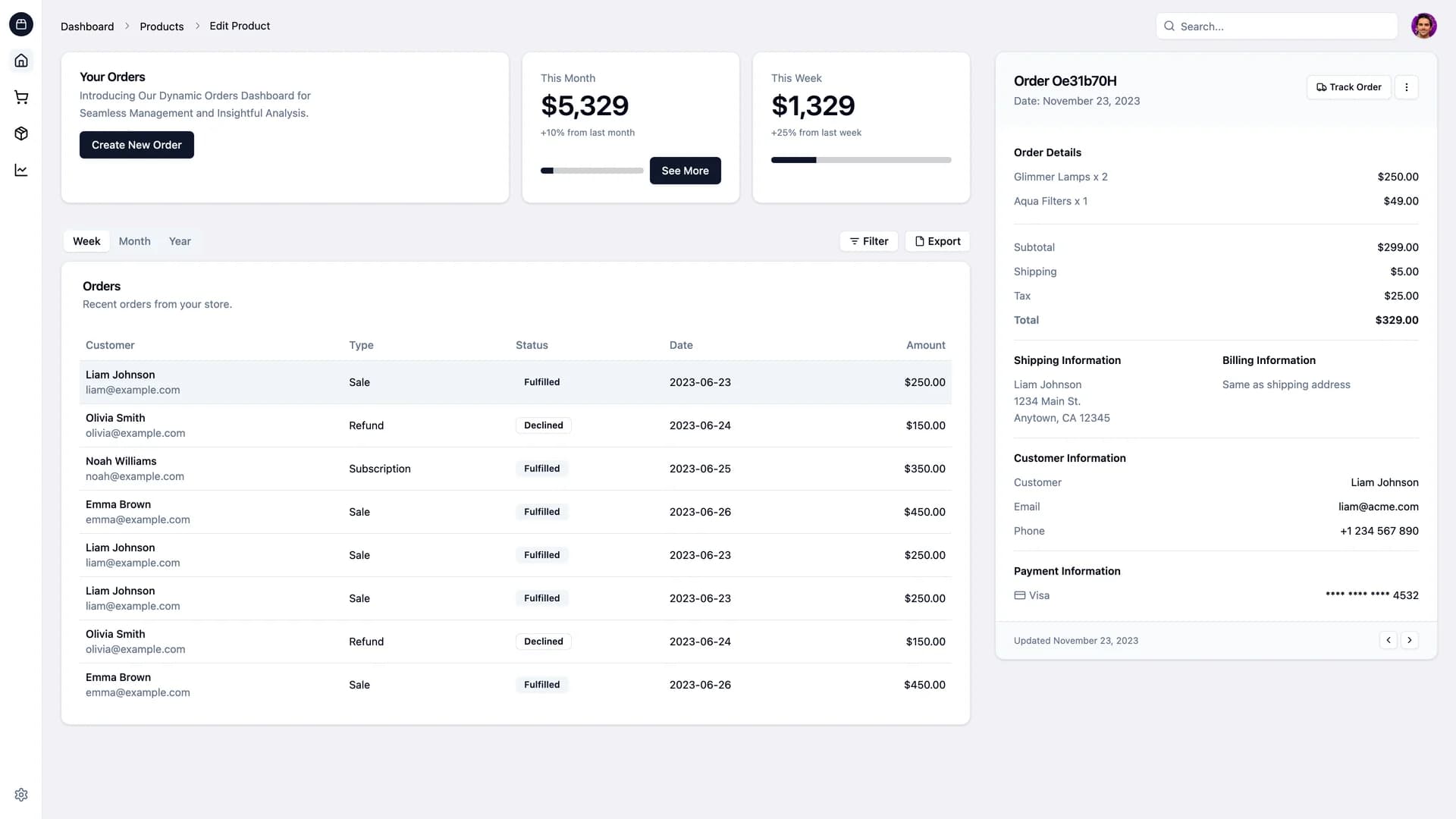
Expo DOM Components Example
Expo DOM Components Example is a comprehensive demonstration project built with TypeScript, Expo, React, Tailwind CSS, and MDX, showcasing how to use DOM components in Expo applications with integrations from shadcn/ui, React Three Fiber, emoji-mart, and react-mobile-cropper. This practical reference implementation demonstrates cross-platform development techniques by combining web and mobile technologies in a unified codebase that runs on web browsers and iOS devices (via TestFlight). The project includes examples of UI component integration from shadcn, MDX content support for rich documentation, React Three Fiber demos for 3D graphics, image cropper functionality for media manipulation, and emoji picker integration for user-generated content. Perfect for developers building cross-platform applications with Expo, teams evaluating Expo's web capabilities for progressive web apps, mobile developers transitioning to web development with familiar tools, or any project where code sharing between web and mobile platforms reduces development costs and maintenance overhead. Created by Evan Bacon, this example serves as an authoritative reference for implementing DOM components in Expo environments, demonstrating how modern React patterns, web libraries, and mobile frameworks can coexist in a single application architecture while maintaining native-quality user experiences across platforms.
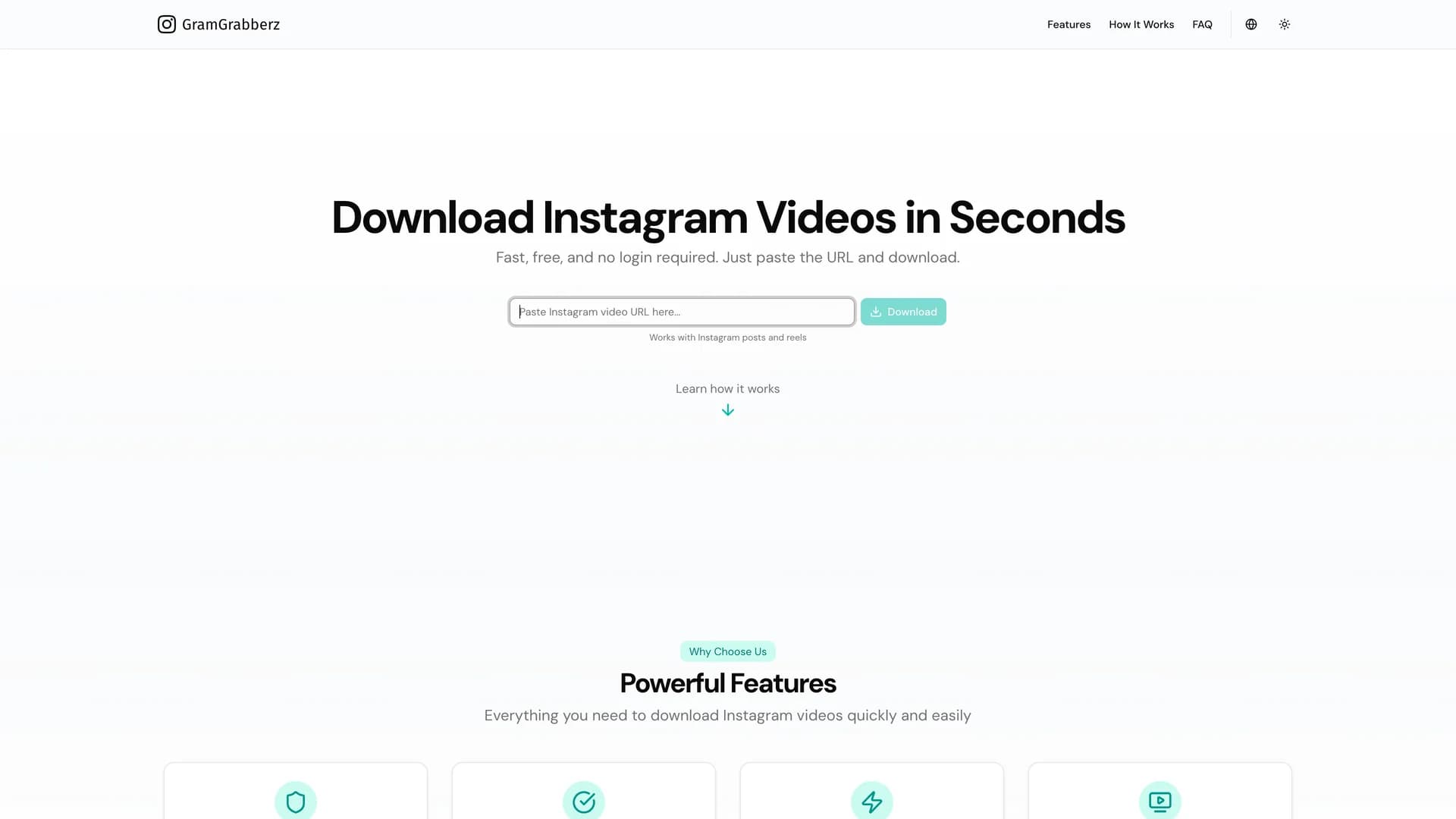
Instagram Video Downloader
Instagram Video Downloader is an educational web application built with Next.js 15+, TypeScript, shadcn/ui, Tailwind CSS v4, React Hook Form, Zod validation, TanStack Query, next-themes, and next-intl, designed to demonstrate modern web development techniques through a practical Instagram video downloading interface. This comprehensive learning project showcases Next.js App Router implementation, responsive and clean UI development with shadcn/ui components, form handling with React Hook Form and Zod validation, client-side caching with TanStack Query for performance optimization, light/dark mode theming for user preference, and internationalization support for global accessibility. Built primarily as an educational demonstration, the project provides hands-on learning opportunities for developers studying Next.js fundamentals, UI component development, state management, form handling, API integration, modern styling techniques, and TypeScript implementation in production-like scenarios. Perfect for developers learning modern web development stacks, coding bootcamp instructors seeking real-world project examples, students building portfolios with contemporary technologies, or anyone exploring how different libraries and frameworks integrate in Next.js applications. The project emphasizes responsible use and learning while acknowledging potential Terms of Service considerations, making it valuable as a technical reference for understanding how complex user interactions, external APIs, and modern React patterns work together in production web applications.
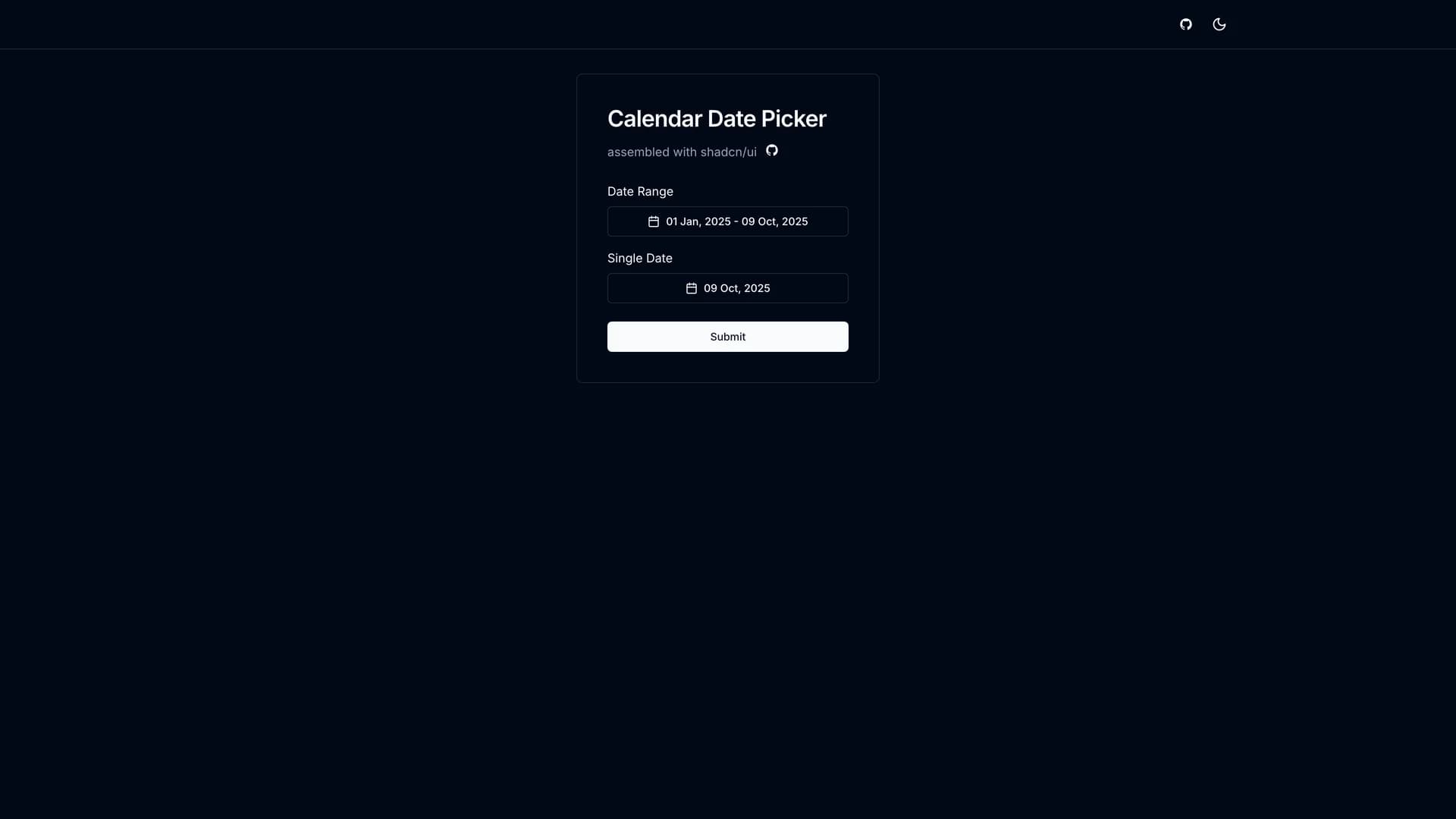
Shadcn Calendar Component
Shadcn Calendar Component is a flexible, feature-rich date picker built with Next.js, React, TypeScript, shadcn/ui, date-fns, date-fns-tz, and Tailwind CSS, designed to provide advanced date selection capabilities with single and multi-month views, predefined date range options, and timezone-aware date handling. This sophisticated component supports selecting predefined ranges like "Today", "This Week", "This Year" for quick date selection, interactive date picking with both mouse and keyboard controls for accessibility, customizable year and month range selection for historical or future dates, and timezone-aware date handling ensuring accurate date representation across global deployments. The clean, modern UI design integrates seamlessly with shadcn/ui design systems while the date-fns library provides robust date manipulation without the overhead of larger date libraries. Perfect for analytics dashboards requiring date range filters, booking systems handling reservations across timezones, reporting tools with flexible date selection requirements, or any application where sophisticated date picking directly impacts user workflows and data accuracy. The component's support for predefined ranges accelerates common user interactions like viewing "Last 7 Days" or "This Month" data without manual date selection, while timezone awareness prevents the common pitfalls of date handling in globally distributed applications where server and client timezones differ.
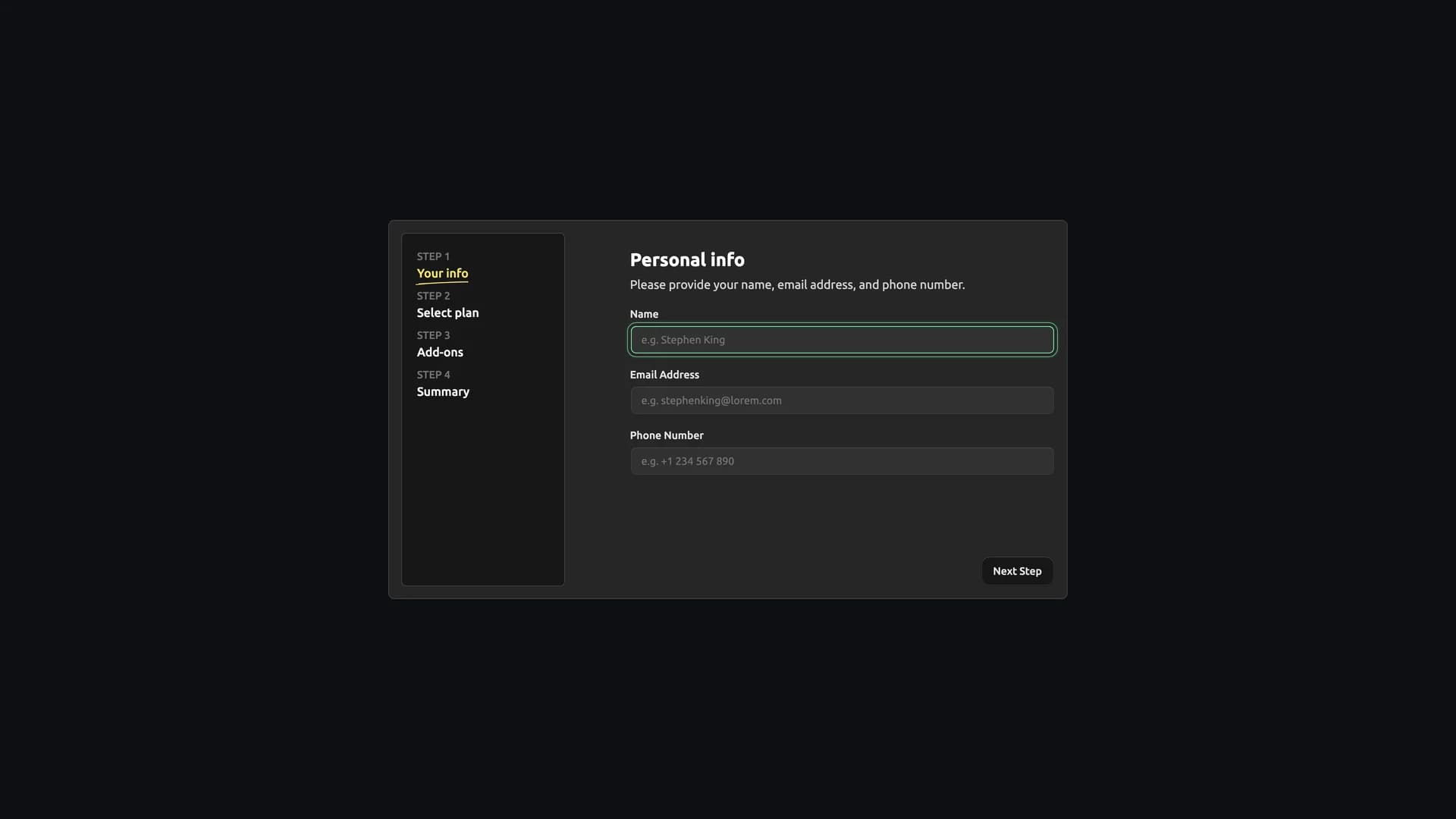
Multi Step Form
Multi Step Form is an elegant web application built with Next.js 13, TypeScript, React, TailwindCSS, shadcn/ui, and Framer Motion, demonstrating advanced UI/UX patterns for complex form workflows with smooth animations and responsive design. This sophisticated form implementation guides users through a multi-step sequence, displays a summary of selections on the final step for confirmation before submission, provides optimal layouts across all device sizes with responsive design, and features interactive hover and focus states for all elements enhancing accessibility and user feedback. The integration of Framer Motion provides smooth, professional transitions between form steps that reduce cognitive load and improve perceived performance, while custom data management hooks demonstrate React state management patterns for complex form data. Perfect for e-commerce checkout flows, insurance quote applications, multi-stage onboarding processes, survey and questionnaire platforms, or any application where breaking complex forms into manageable steps improves completion rates and user satisfaction. Created by Marcos V Fitzsimons, this project showcases how modern front-end technologies can transform potentially overwhelming forms into engaging, step-by-step experiences that guide users through complex data entry while maintaining context, providing clear progress indicators, and enabling easy navigation between steps for corrections or review.
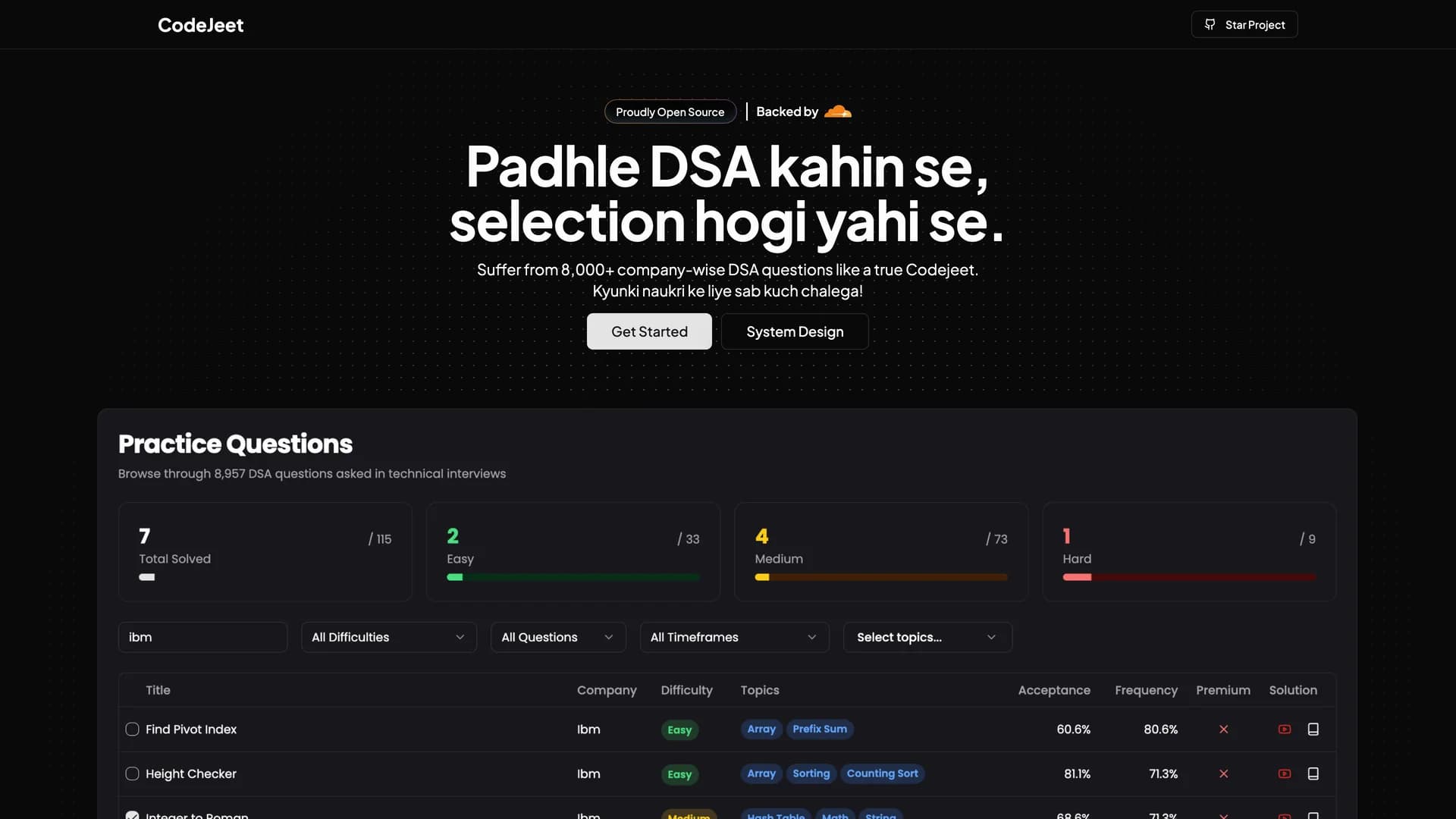
CodeJeet
CodeJeet is a comprehensive, open-source technical interview preparation platform built with Next.js, TypeScript, Tailwind CSS, shadcn/ui, and Drizzle ORM, providing completely free access to 8,000+ LeetCode questions organized by company and topic with text solutions and video explanations. This extensive resource categorizes coding challenges by both company (preparing candidates for specific employer interview processes) and topic (enabling focused practice on data structures, algorithms, and problem-solving patterns), while offering text-based solutions for quick reference and video explanations for deeper understanding of complex concepts. The TypeScript-heavy codebase (97.6%) ensures type safety and maintainability, while the modern Next.js architecture provides fast page loads and excellent SEO for discoverability. Perfect for software engineers preparing for technical interviews at major tech companies, computer science students building problem-solving skills, coding bootcamp participants supplementing curriculum, or career switchers developing algorithmic thinking required for software development roles. Released under the GPL-3.0 license, CodeJeet democratizes access to high-quality interview preparation materials that are often locked behind expensive subscription services, making technical interview success more accessible to developers regardless of financial resources while providing a constantly updated, community-driven alternative to commercial platforms.
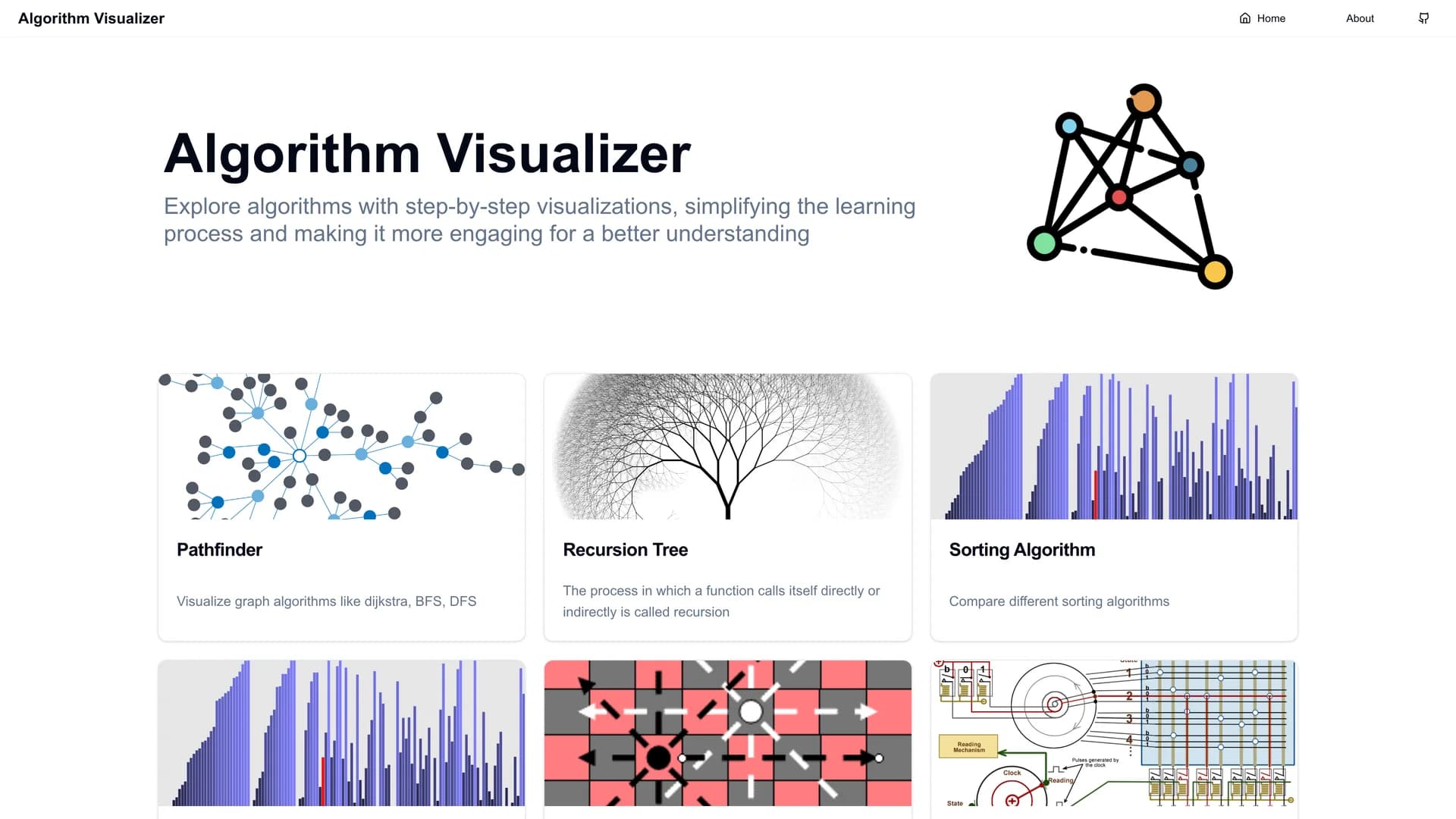
AlgorithmVisualizer
AlgorithmVisualizer is an interactive educational web application built with React, Next.js, Tailwind CSS, and shadcn/ui, providing step-by-step visual representations of 24+ algorithms across multiple categories including graph search (DFS, BFS, Dijkstra), sorting algorithms, pathfinding, recursion, prime number generation, N-Queen problem, and Turing machine operations. This comprehensive learning tool simplifies complex algorithmic concepts by transforming abstract computational processes into engaging visual demonstrations that help learners understand how algorithms work through interactive, real-time visualizations. The step-by-step approach allows students to control execution speed, pause at critical steps, and observe how data structures transform throughout algorithm execution, making abstract concepts concrete and memorable. Perfect for computer science students learning algorithms and data structures, coding bootcamp participants building foundational knowledge, educators teaching computational thinking in classrooms, or self-taught developers strengthening algorithmic problem-solving skills for technical interviews. As an open-source educational tool with a continuously expanding algorithm library, AlgorithmVisualizer addresses the challenge that many learners face when trying to understand algorithms from static textbook descriptions or code alone, providing the visual feedback that transforms confusion into comprehension and making algorithm education more accessible and engaging for diverse learning styles.
Browse Templates by Category
Discover templates organized by technology, use case, and purpose. Find exactly what you need for your next project.
Tailwind
196 templates
159 authors
React
180 templates
147 authors
Nextjs
160 templates
129 authors
Fullstack
46 templates
43 authors
Radix ui
31 templates
29 authors
Vite
23 templates
20 authors
Drizzle orm
23 templates
22 authors
Ui kits & component libraries
22 templates
20 authors
Prisma
22 templates
19 authors
Templates & themes
16 templates
14 authors
Supabase
12 templates
12 authors
Scss
11 templates
11 authors
Browse Templates by Author
Discover amazing template creators and explore their work. Each author brings their unique style and expertise to the community.
FAQ
shadcn/ui Templates FAQ - Community Questions
Find answers to frequently asked questions about community-made open source shadcn/ui templates, implementation guides, customization tips, and best practices.